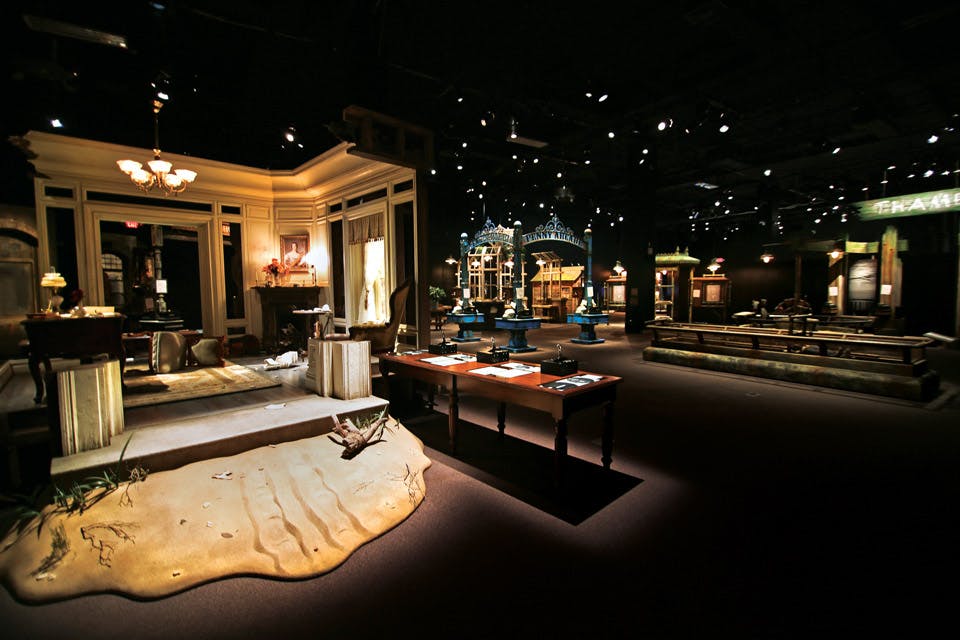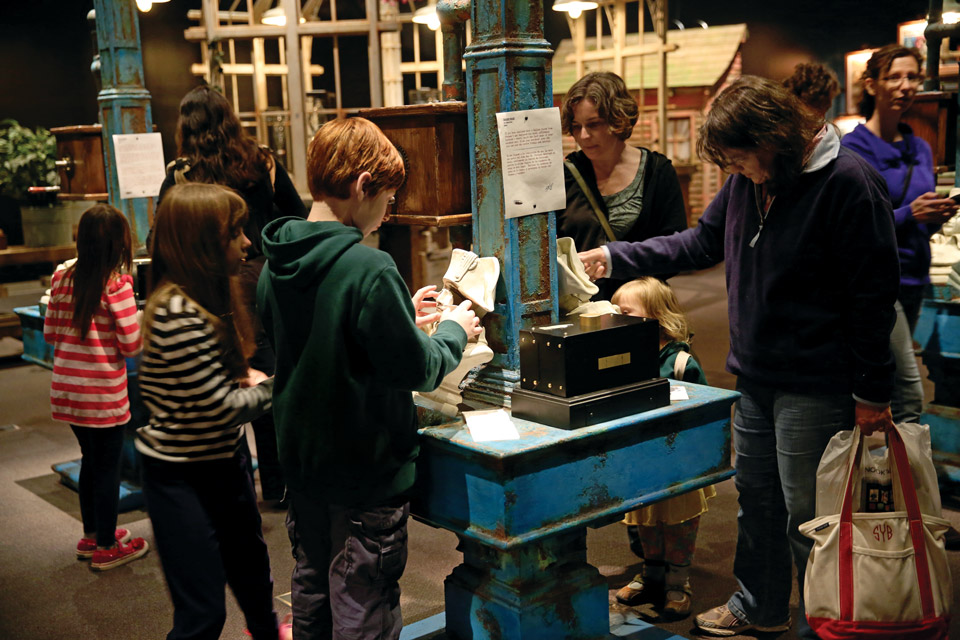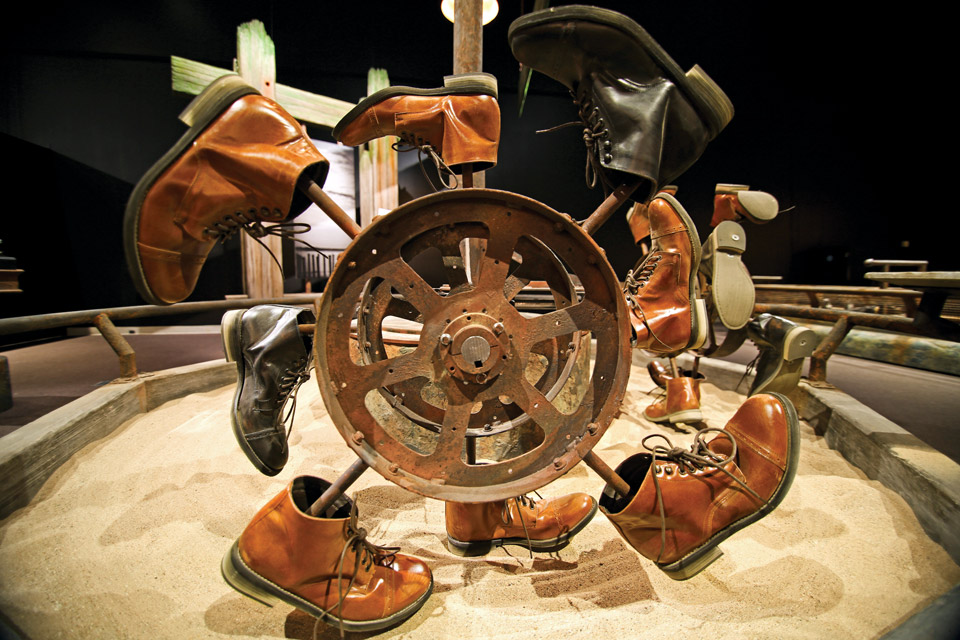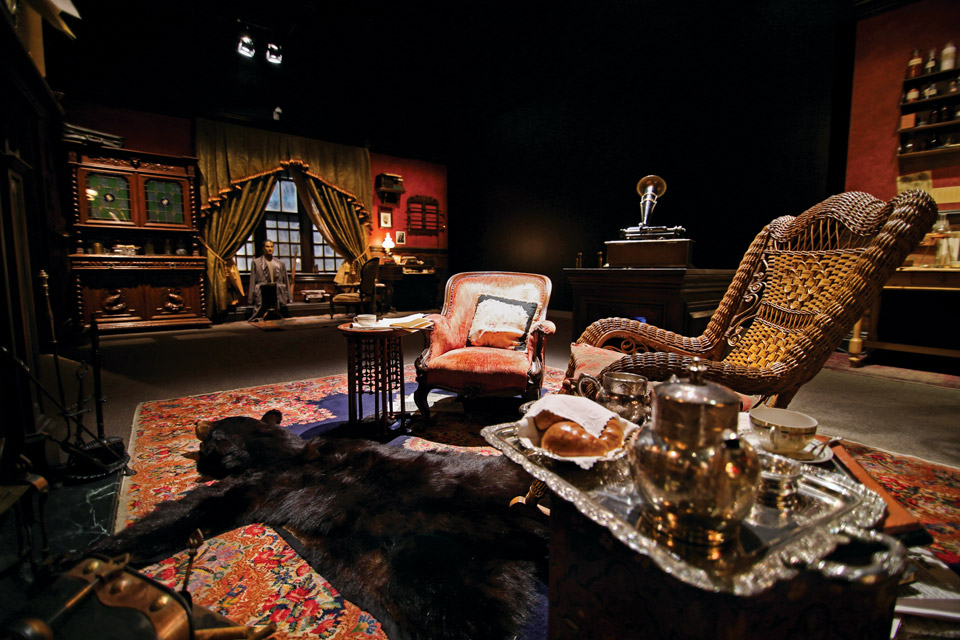Arts
Case Study
For more than a century, Sherlock Holmes stories have captivated readers. A COSI exhibit brings literature’s most famous detective to life.
Related Articles

Engage Your Kids’ Sense of Wonder at 5 Ohio Science Centers
Curiosity fuels learning at these kid-focused destinations across our state that are filled with hands-on experiences, insightful exhibits and big fun. READ MORE >>

Kast Iron Soda Works Offers a Universe of Pop Possibilities
Wanting to create a family-friendly community gathering spot, Lesley Kline opened a Columbiana County soda bar that offers a deep lineup of fun and funky varieties. READ MORE >>

50 Things to Do This Fall in Ohio
Autumn is our most beautiful season. From family fun and food festivals to scenic spots and spooky scares, here are great ways to embrace the crisp air and sunny days. READ MORE >>






